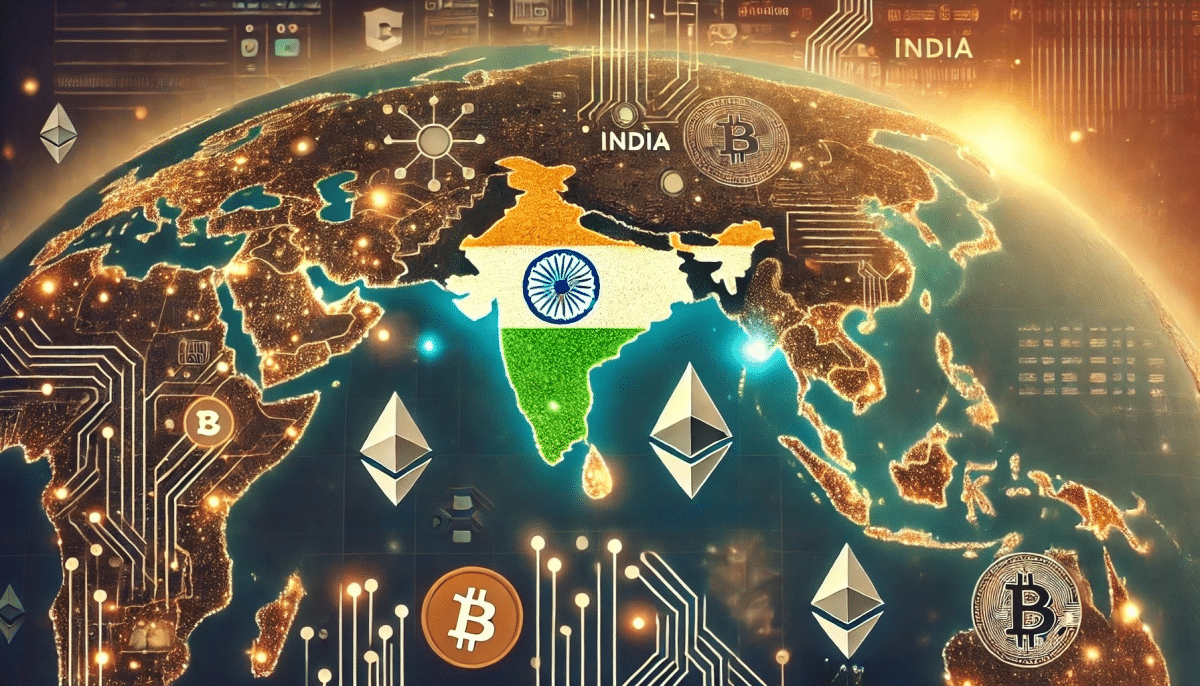- Chainalysis’ recent report shows that 7 Central and Southern Asian and Oceania (CSAO) countries are among the top 20 crypto adopters worldwide.
- Lower-income nations (India, Nigeria, and Indonesia) are the largest crypto adopters worldwide.
- Crypto offers transparent financial access to lower-income nations, enables them to hedge against inflation, and helps the unbanked.
A recent Chainalysis crypto report spotlights an interesting trend: lower-income nations lead the charge in crypto adoption worldwide.
Commanding the forefront is India, swiftly followed by Nigeria and Indonesia.
Why? Because crypto addresses many financial issues individuals and businesses from less developed nations often face. It can boost their economic and purchasing power.
7 CSAO Countries Lead Crypto Adoption
CSAO nations currently lead the world in crypto adoption, with 7 out of the top 20 nations being from the region.
Closely following behind are the Philippines, Pakistan, Thailand, and Cambodia.
A recent report stated that 40% of American adults now own crypto. However, the US ranks fourth on Chainalysis’ crypto adoption worldwide list, suggesting the number of Indian, Nigerian, and Indonesian crypto holders surpasses this percentage.
According to Chainalysis, the CSAO nations have a distinct pattern of crypto activity, mostly on local crypto exchanges, encompassing DeFi and merchant services.
Crypto adoption worldwide increased across countries with varying income brackets. However, there has been a notable decline in use by high-income nations since the beginning of 2024.
A Safety Net for the Unbanked?
Just last year, over 190M Indian individuals were unbanked. Interestingly, the nation’s fintech acceptance rate was 87%, which explains the nation’s crypto adoption.
There are many reasons why lower-income countries might adopt crypto at a quicker pace than their wealthier counterparts:
- Offers an alternative to conventional financial services that less-wealthy regions lack, enabling them to buy, sell, and receive payments
- Opens a quick and easy way to send and receive money worldwide. Countries with large migrant worker populations might find this useful
- Enables them to explore DeFi, which allows them to access loans and savings without having to rely on TradFi services that often have stringent regulations (like KYC) in place
- Helps reduce corruption issues because of the transparency of blockchain-based payments
- Overrides inflation issues. For example, stablecoins (often pegged to the US dollar) might offer a more stable value than their local currency
The US dollar is much stronger than the Indian rupee. It is ranked as the 12th-highest currency worldwide. The rupee is much lower on the list, placed 94th.
An Indian buying a stablecoin pegged to the US dollar (like $USDT or $USDC) would shield them from currency fluctuations in their home country.
Verdict – Crypto’s More Than an Investment Instrument
Chainalysis’ report shows that lower-income nations are doing way more than just partaking in crypto investments – they’re running it.
The CSAO countries’ crypto adoption is likely driven by their economies’ financial troubles and need for more financial empowerment.
Crypto protects individuals and businesses against inflation, gives financial access to the unbanked, and enables anyone to send and receive payments worldwide transparently.
References
- The 2024 Global Adoption Index: Central & Southern Asia and Oceania (CSAO) Region Leads the World in Terms of Global Cryptocurrency Adoption (Chainalysis)
- 2024 Cryptocurrency Adoption and Sentiment Report (Security)
- Inflation Rates Worldwide (Trading Economics)
- Fintech sector is catalysing India’s growth story among unbanked population (Zeebusiness)
Disclaimer: The opinions expressed in this article do not constitute financial advice. We encourage readers to conduct their own research and determine their own risk tolerance before making any financial decisions. Cryptocurrency is a highly volatile, high-risk asset class.
Our Editorial Process
The Tech Report editorial policy is centered on providing helpful, accurate content that offers real value to our readers. We only work with experienced writers who have specific knowledge in the topics they cover, including latest developments in technology, online privacy, cryptocurrencies, software, and more. Our editorial policy ensures that each topic is researched and curated by our in-house editors. We maintain rigorous journalistic standards, and every article is 100% written by real authors.



